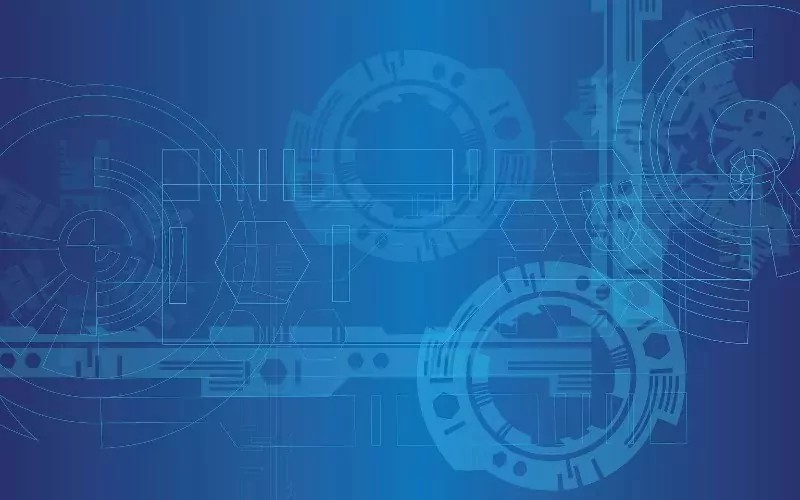The launch of a fully digital divorce application promises to transform how divorces are processed in England and Wales. Designed for ease and efficiency, this online service eradicates the need for paper forms, aiming to simplify the procedure drastically.
The digital service not only guides users through the application with user-friendly language but also allows for the submission of supporting documents and payment online. Following a successful trial phase, with an impressive satisfaction rate of 91%, the service is now available nationwide, aiming to streamline divorce applications further.
With the advent of the fully digital divorce application, the cumbersome process of filling out paper forms is now a thing of the past. The online service guides users step by step, ensuring clarity and simplicity throughout. Importantly, the service has already shown a 95% reduction in application errors, benefiting both applicants and court staff.
Such enhancements highlight the commitment to improving accessibility and ensuring that more individuals can confidently navigate the divorce process without needing additional support. Furthermore, the reduction in errors has significantly decreased the workload for court staff.
Justice Minister Lucy Frazer remarked on the importance of moving towards online systems, not only for efficiency but also for reducing stress at a challenging time for those involved in divorce proceedings.
With these changes, the digital application is expected to save money for both the court system and the applicants, ensuring that the process is not only faster but also more economically viable.
As the service rolls out nationwide, continuous evaluations will ensure it meets the evolving needs of users, maintaining high standards of user satisfaction.
This shift is not only a response to current demands but also positions the UK as a leader in integrating technology into legal processes. The benefits of such innovation extend beyond divorce applications and suggest a promising future for further digital transformations.
In conclusion, the launch of the fully digital divorce application signifies a groundbreaking shift towards modernised, efficient, and user-friendly legal procedures. By alleviating burdens on both individuals and the court system, this service stands as a model for future innovations in legal processes.
The digital transition in divorce applications has made the process significantly more efficient and user-friendly. As a blueprint for future legal innovations, it exemplifies how technology can optimise systemic efficiency while enhancing user experience.
Ultimately, this initiative not only modernises the divorce process but also sets a precedent for incorporating technology into other areas of the legal system. The successful implementation of this service underscores the potential benefits of digital transformations in law.


